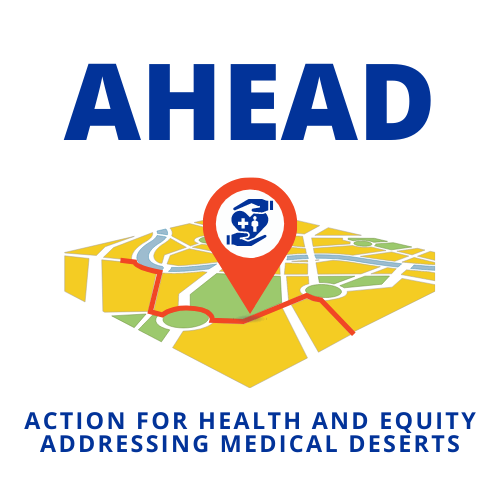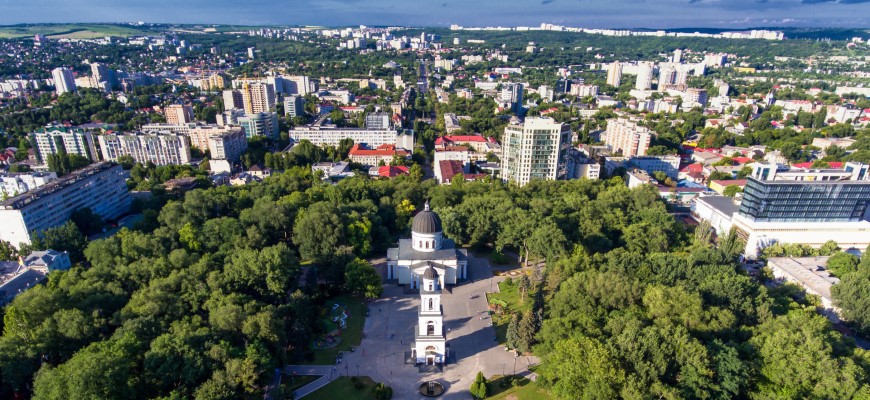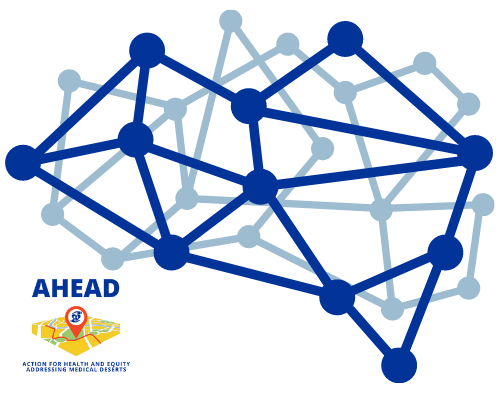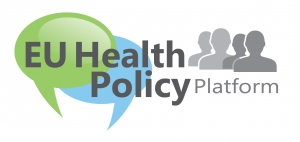
Fighting access to health inequalities
See the recorded webinar: Fighting access to health inequalities by improving health worker retention and task shifting policies
Countries can address access to health inequalities in the population by improving health worker retention and task-shifting policies. So, what should these policies look like? On March 29th, the five projects of the Health Workforce Projects Cluster on the EU Health Policy Platform – including AHEAD – presented the first results of their research during their second webinar on ‘Fighting access to health inequalities by improving health worker retention and task shifting policies’.







